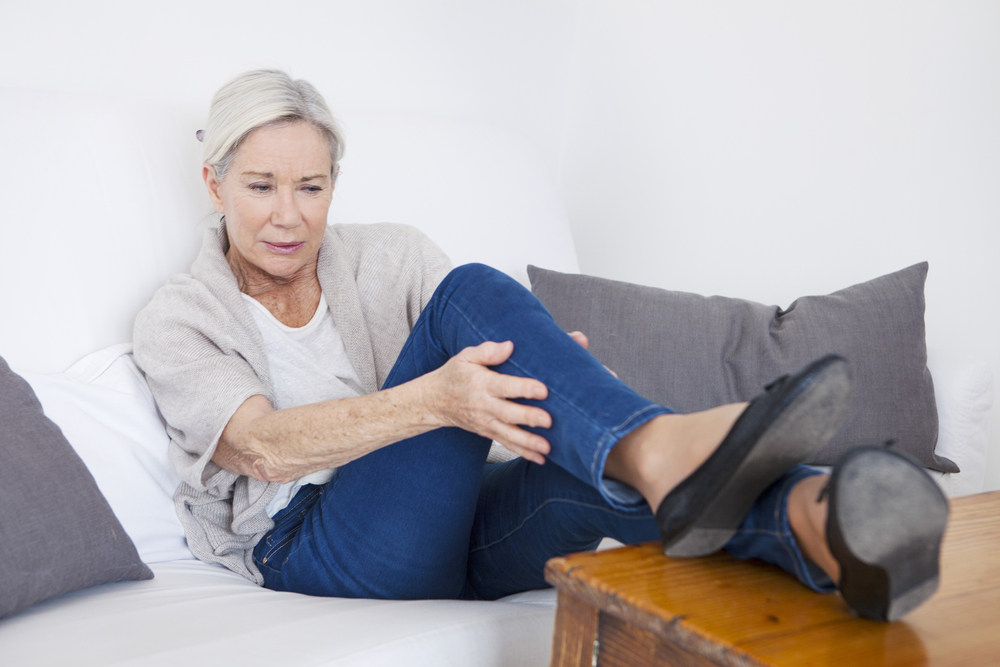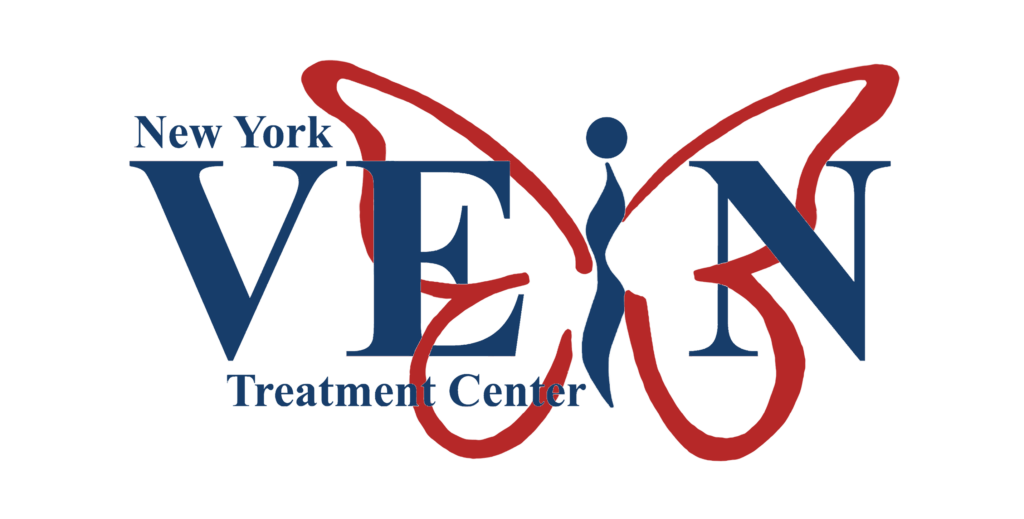Should I See a Leg Cramps Specialist?
You should see a leg cramp specialist if the pain affects your daily activities. Unlike most conditions affecting the lower extremities, cramps caused by venous insufficiency do not correlate with physical activity. Venous insufficiency can range from vague, dull discomfort to a throbbing soreness or sharp, piercing calf cramps.
Calf and Leg Cramps
Leg cramps at rest are almost always due to superficial venous insufficiency. Abnormalities of circulation during this condition result in a “contamination” of the muscles with end-metabolites, such as lactic acid and the like. When our body is reclined or in a horizontal position, such as during driving or at night, venous circulation of the lower extremities becomes near normal. At this time, our muscles develop a very low threshold for contractions, where even small movement can trigger a prolonged and painful spasm (calf cramps), typically referred to as “cramping,” “Charlie horses,” etc. Interestingly, the isolated contractions of individual muscle fibers, often perceived as a crawling or “running water” sensation (called “paresthesia”), are due to superficial venous insufficiency as well

Leg Pain
Leg pain is usually brought on or worsened by periods of decreased mobility. In most cases, the calf pain improves with walking since contractions of the leg muscles help to move the blood up out of the legs.
Venous pain typically increases throughout the day and may be more severe in hot weather. One of the hallmarks of venous insufficiency is calf pain during the first few steps, which diminishes with continued walking but comes back with prolonged walking. This leg pain is called “venous claudication” and gradually increases in the ankles while being relieved by sitting down to rest, as opposed to “arterial claudication,” which is characterized by sudden cramping of the calf muscles.
Leg Swelling
Swelling in calves or legs can be caused by venous insufficiency. This condition occurs when vein valves and walls fail to work effectively, causing blood to collect in the veins. Due to the swelling, it is difficult for blood to return to the heart from the legs. Swelling caused by venous insufficiency is often confused with heart- or kidney-related edema when the body retains too much liquid. However, swelling of the lower extremities due to venous insufficiency is caused by the improper distribution of liquid throughout the body. Diuretics are the typical treatment for edemas. This is ineffective and inadvisable for treating edema related to venous insufficiency.
When Should I Be Worried About Leg Cramps?
Persistent leg cramps, as well as night leg pain, is an indicator of “trophic changes,” or pathological developments in the tissue structure. This indicates venous insufficiency that has gone untreated for a long time. In earlier stages of the disease, pain can be relieved by rest and limb elevation; in the later stages, trophic changes lead to sensory neuropathy or damage to the nerve receptors. This damage can cause a variety of sensations – from dull, blunted pain or leg cramping to severe pain like burning. Left untreated, this tenderness can lead to decreased sensation and eventually numbness.
Leg and calf cramps of superficial venous insufficiency, like any other type of pain, is a part of our defense mechanism—a signal that our body sends to our brain indicating the location and degree of damage. That is why, as with any symptom, it is incorrect to treat only the pain rather than the pathological condition responsible for it.
Dr. Khitin is a known expert in venous disorders, phlebology, and cardiovascular and thoracic medicine. Call us today to schedule your consultation. New York Vein Treatment Center has a calf and leg cramps specialist in Manhattan, Brooklyn, and the surrounding New York area to help manage any symptoms and complications of venous disorders.
Start Your Journey To Feeling Good Again!
Schedule your Appointment Today with NYC's most Trusted and Comprehensive Vein Treatment Center

